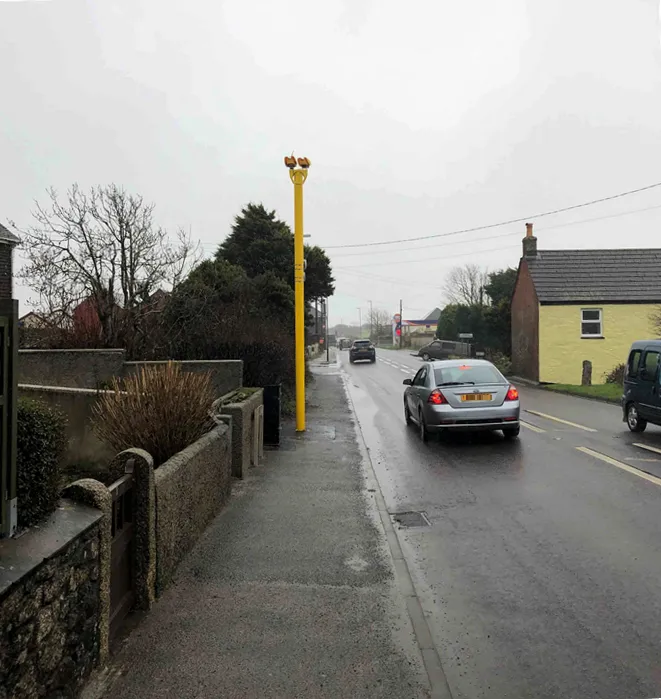Redflex has been successful in obtaining type approval of RedflexRadarcam, the company’s mobile speed enforcement system by Serbia’s Directorate of Measures and Precious Metals.
Designed for both tripod and in-vehicle mounting, RedflexRadarcam mobile speed enforcement is the first system to utilise superior dual radar technology to provide detection accuracy across up to six lanes of approaching or receding traffic with no limitations on site selection. The speed radar accurately determines vehicle speed
November 21, 2014
Read time: 2 mins
Designed for both tripod and in-vehicle mounting, RedflexRadarcam mobile speed enforcement is the first system to utilise superior dual radar technology to provide detection accuracy across up to six lanes of approaching or receding traffic with no limitations on site selection. The speed radar accurately determines vehicle speed, while the tracking radar provides range and target information, to supply accurate speed, lane and vehicle position identification. The system accurately captures offence images at both low and high speeds, with continuous secondary speed corroboration for increased accuracy and detection rates.
Available with a high resolution colour or monochrome 11 megapixel camera, RedflexRadarcam also has the capacity to add an optional auxiliary camera to provide front and rear licence plate capture. Visible or infra red illumination enables the system to capture perfect images with proven accuracy at speeds up to 320 km/h.
Comments Ricardo Fiusco, Redflex CEO, “I am delighted that Serbia is the latest addition to a growing list of countries where Redflex products with dual radar technology are type approved. The breakthrough dual radar technology adopted in our speed enforcement products is designed to maximise detection rates in difficult locations and real world traffic conditions.”








